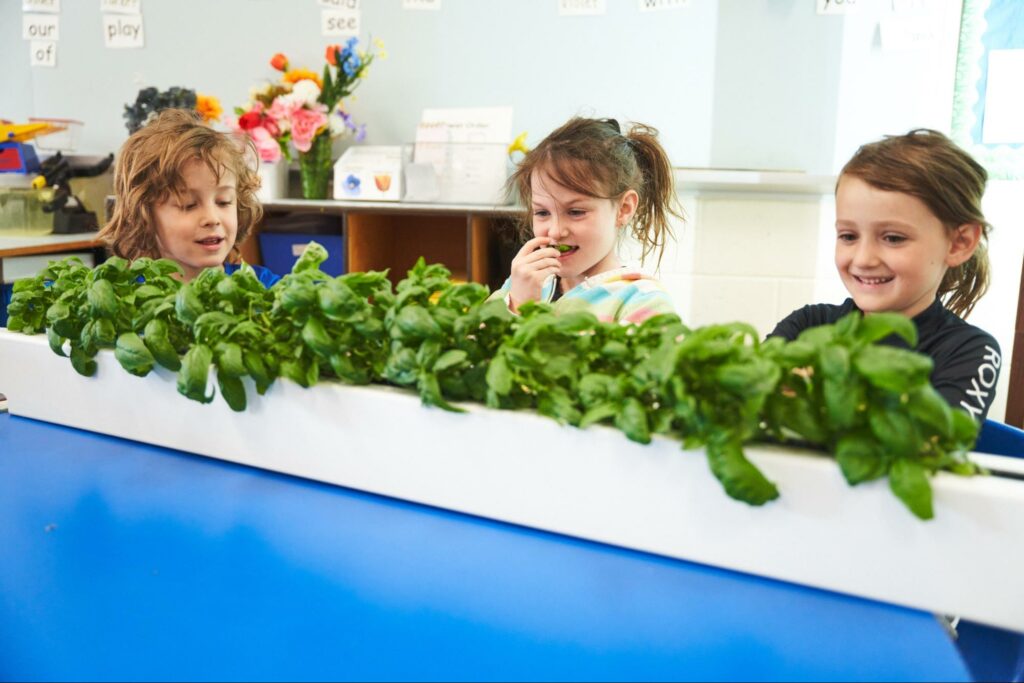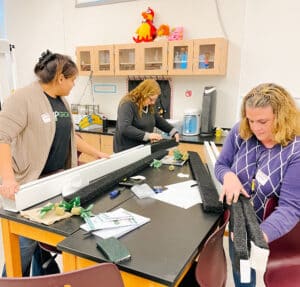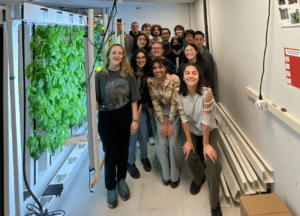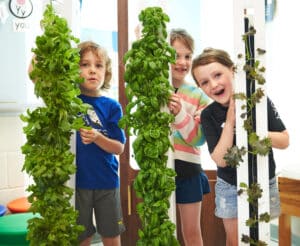Pictured Left to Right: Henry Lee Emery, Rosie Vanderburg and Charlee Elderbloom, Kindergarten students at Williamstown Public School
A hydroponic gardens for classrooms can be an invaluable teaching tool for your students. It offers a fascinating opportunity to observe and chart the growth of plants on a daily basis, which can truly bring STEM education to life. By providing an interactive and enjoyable activity for students, an indoor garden can help to establish a love of learning and an appreciation for the wonders of nature.
If you’re thinking about bringing a hydroponic garden in, it’s important to do the research. Don’t worry, setting up and taking care of an indoor garden can be a breeze once you get the hang of it.
Educate Yourself and Your Students
Before introducing indoor gardens to your students, it is helpful to have a general understanding of the fundamental principles of hydroponics.
To get ready for a classroom environment, it’s key to understand how the garden functions. You may want to take the time to learn how the system gives plants the nutrients, water, and light they need. Make sure you know how to take care of the garden and keep it clean. Once you get used to the system, it is all about improving the process and discovering the endless possibilities of your crops.
- When starting out, we recommend running your lights for 16 hours per day. Different plants like more or less light.
- Many hydroponic systems run on a 24hr schedule. To reduce algae growth, the ZipGrow system is set up to water for 15 minutes every hour.
- We recommend using pre-mixed solutions based on your needs, be sure to follow the dosing and mixing instructions. Depending on crop size, intensity of lighting, and outside temperature, the system may need to be refilled several times per week.
- In addition to nutrients, an essential component of proper water quality is managing pH. Most crops like pH to be between 6.2 and 6.8.
It is highly recommended that you adjust your growing methods and surrounding conditions to suit each plant’s individual requirements. This offers a chance for your students to learn about the unique characteristics of various plants, as well as the underlying reasons for these differences.
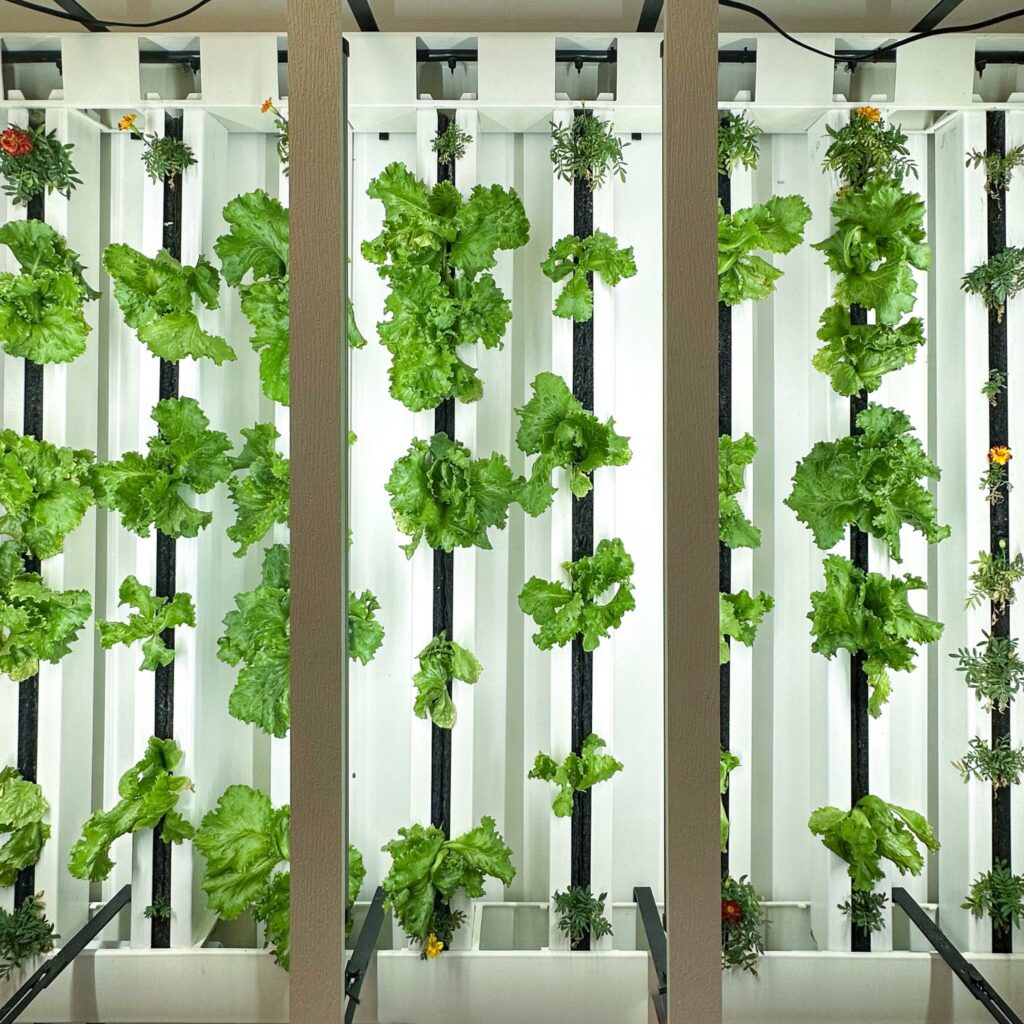
Nutrient deficiencies can pose a common challenge in your classroom. Being knowledgeable of the different symptoms of deficiencies and imparting this information to your students is crucial. Encourage them to keep an eye out for any crops that look irregular, as this could be an indication of a nutrient deficiency.
Maintaining a pest-free environment may not be easy, especially with students going in and out of the classroom. It might help to take some precautions to keep your classroom tidy. You could consider having your students wash and sanitize their hands before touching the plants. Again, it’s good to teach your students how to recognize signs of pests so that any issues can be addressed promptly.
It is important to obtain certification from authorities before conducting any electrical work in your classroom. Such certification may be mandatory to legally perform certain electrical work or to guarantee that electrical installations comply with safety standards.

When setting up a hydroponic garden in Ontario, Canada, it is required to obtain permission from the Electrical Safety Authority (ESA). If you choose to hire a contractor, make sure they possess a valid ESA license and have them report their work to the ESA. If you plan to install the garden yourself, it is crucial to familiarize yourself with the requirements and complete the notification form accordingly.
To learn more, check out our YouTube playlist for beginners.
Fun and Creative Ways to Teach Hydroponics
Once you become familiar with the system, it is time to start considering how it can be incorporated into your lessons. Hydroponic gardens for classrooms are a fantastic tool for STEM education. They can be integrated with various sciences such as biology, chemistry, math, business, and more!
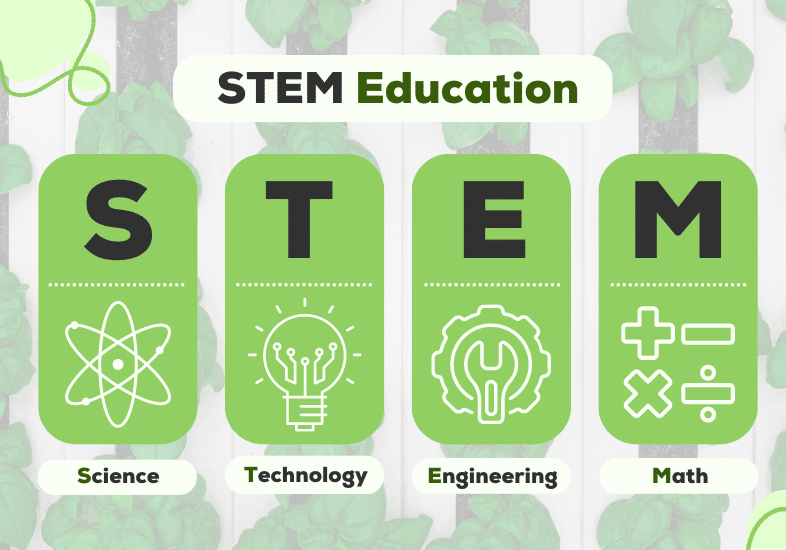
For primary school students, observing the growth of plants can be an enjoyable experience. Activities such as recording the length of leaves and encouraging curiosity can help foster an interest in science. Bringing home the greens and herbs to see how they can be used in meals is also a fun way to incorporate the garden into daily life.

Photo Credit: Williamstown Public School

Photo Credit: Project IF, Washington University
If your students are teenagers, you can take things to the next level by conducting experiments to study the parameters that affect crop growth. Things like comparing natural and artificial light sources, or learning how different chemical elements that affect plants can be some good ideas. Besides, exploring topics like sustainability and food security can broaden the scope of the lessons beyond just the plants themselves.
Indoor gardens provide an innovative and exciting way to incorporate science education into your curriculum. With a little creativity, the possibilities for learning and exploration are limitless!
Hydroponic Gardens for Classrooms
Char-Lan District High School is a rural Ontario school that has been acknowledged for its pioneering teaching methods including hydroponics. Their Education Rack offers an all-inclusive approach for teenagers to engage in various projects, which enables them to hone their problem-solving skills.
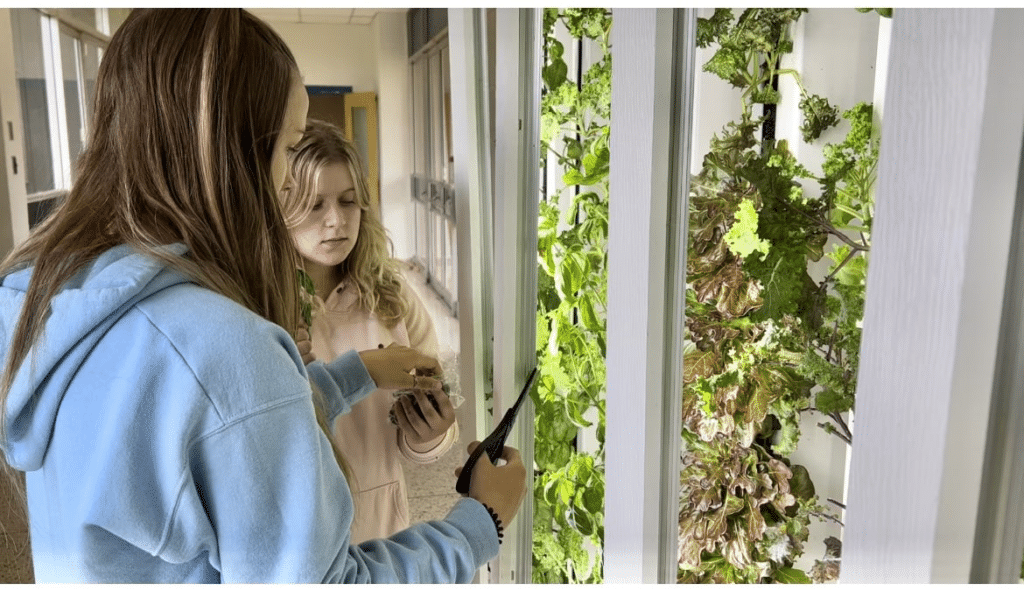
Elementary students at Williamstown Public School learned plant science in a practical and interactive way. Teacher Rose MacCullough uses the ZipGarden to engage the kids in the growth of plants.
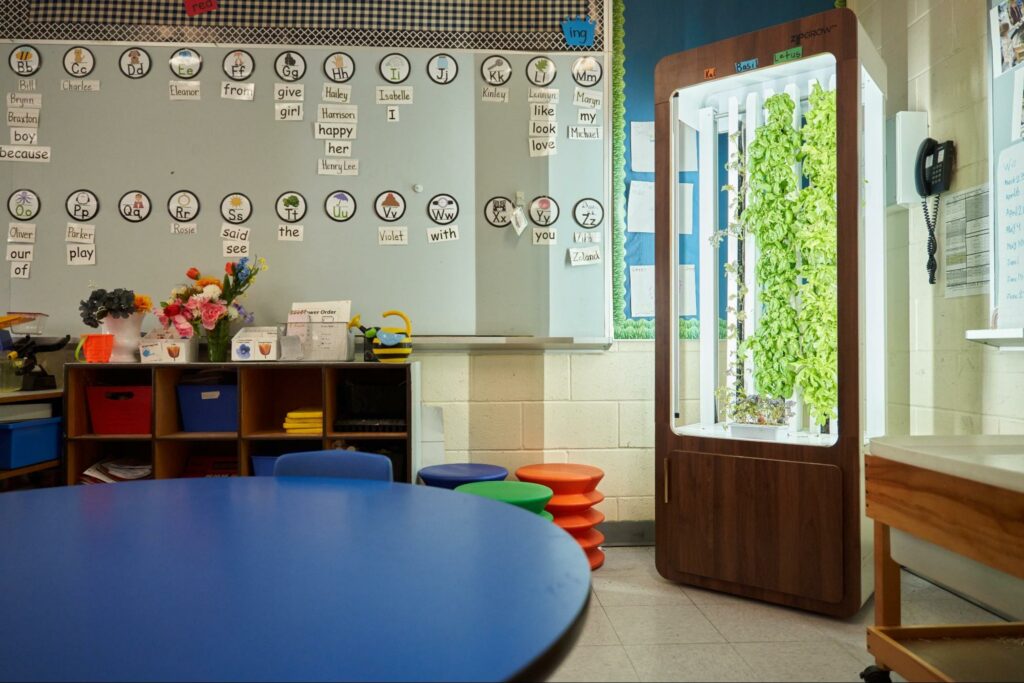
Cole Hintz, a teacher at Strathmore High School, is a big kid at heart who is passionate about ZipGrow. He leads his classes with great enthusiasm and creativity in his teaching approach, inspiring young minds to explore beyond the realm of plant science.

Project IF is a student club at Washington University. It operates an underground hydroponic farm that grows fresh produce using ZipGrow Towers and LED lights. They aim to promote hydroponic education as well as provide resources for students to do hands-on learning in the farm.
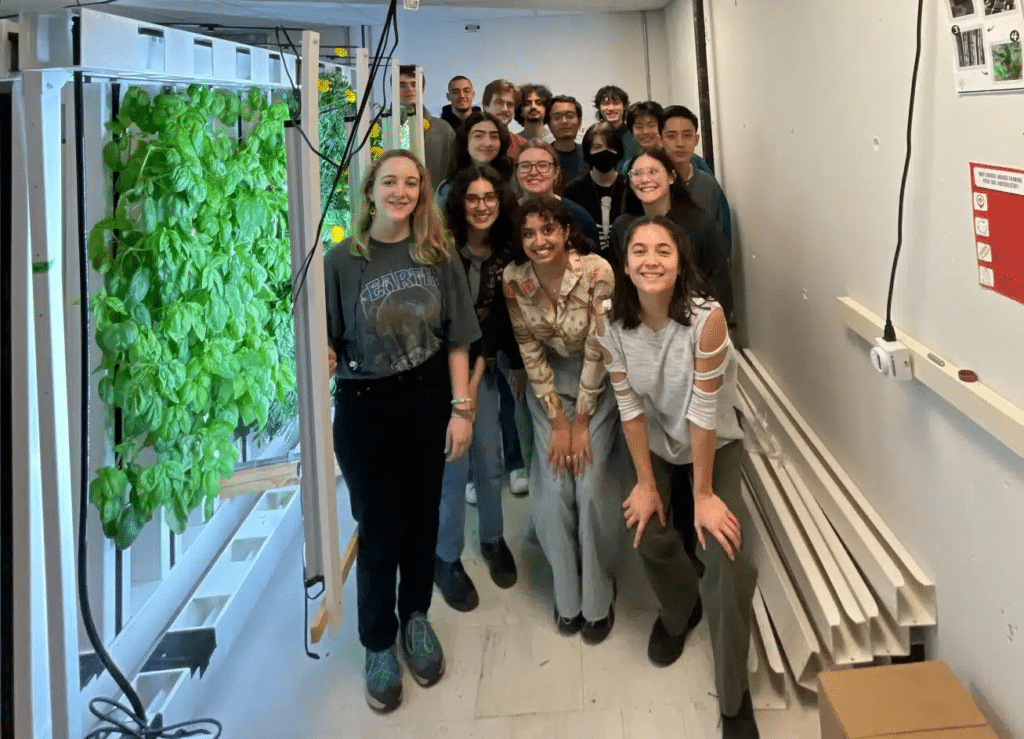
An outdoor community garden becomes an opportunity to connect children from different countries. The program, led by Crystal Seguin, provides learning spaces for refugee families arriving in Canada. ZipGrow donated a hydroponic garden for hands-on education, allowing the children to learn English and cultivate plants together.


